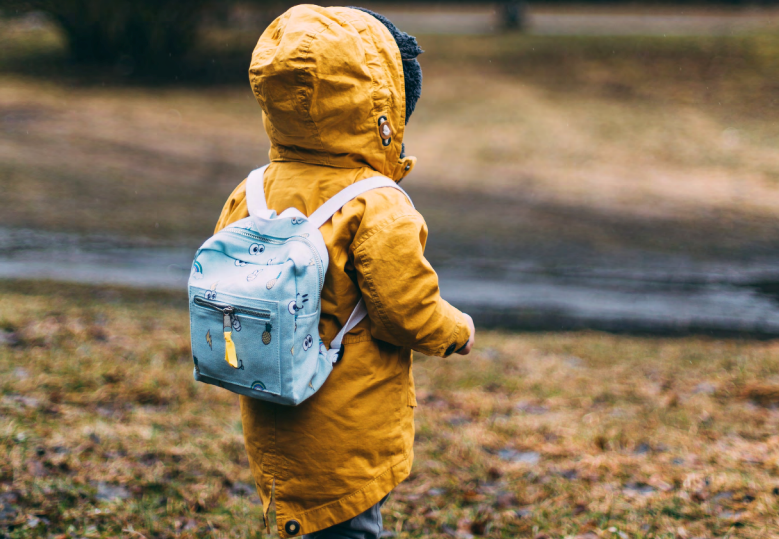Canada ranked 19th of 39 countries for its rate of child poverty, according to the most recent UNICEF report card on child poverty in wealthy nations. With an average child poverty rate of 17 per cent between 2019 and 2021, Canada performed only slightly better than the average of 1 in 5 children living in poverty in the countries surveyed.
The UNICEF report notes that Canada has made real progress however, with only six nations recording a more substantial decline in child poverty in the last decade.
Rates of child poverty varied widely among provinces, from 14 per cent in Quebec to nearly 40 per cent in the territories.
In Alberta, 16 per cent of children are living in poverty, according to Sydney Sheloff Strategic Research Coordinator at the Edmonton Social Planning Council, which publishes its own yearly report on child poverty in Alberta.
Though on average child poverty has declined in the last five years in Canada, rates have plateaued in Alberta, Sheloff said.
"We saw the first big drop in poverty in between 2016 and 2017, when the Canada Child Benefit was introduced. That actually led to a pretty big drop in the child poverty report. And then since then, it has pretty much remained at between 16 and 17 per cent, with the exception of 2020," she said.
The Canada Child Benefit provides monthly transfers to almost 4 million low- and middle-income households, and replaced former tax credit schemes. UNICEF estimates the program as lifted 250,000 children out of poverty.
During the height of the COVID pandemic, temporary federal income support measures like the Canada Emergency Response Benefit brought the rate of child poverty in Alberta down to 12.8 per cent in 2020, but it has since climbed back to pre-pandemic levels, Sheloff said.
The measurable impact of these two programs is evidence of how effective direct income transfers to families are, she said.
"The implementation of the Canada Child Benefit reduced child poverty by a lot. When CERB came in, and it was giving money directly to families, that also improved child poverty a lot. I think it really comes down to money, more or less. We need better government supports and income transfers to families, as well as improving minimum wage policies so that parents get paid more."
Canada still has "homework to do"
"This year's UNICEF Report Card shows that despite some top grades, Canada's work to lift children out of poverty is not done. We have more homework to do here in Canada," said Sevaun Palvetzian, president and CEO of UNICEF Canada.
Despite the successes of Canada's Child Benefit program, the country lags behind Denmark, Slovenia, and Finland, which "set the bar for high-income countries" with poverty rates of 10 per cent or less.
UNICEF's report also highlights how children from Indigenous communities are disproportionately affected. The rate of child poverty for First Nations on reserve is 37.4 per cent, compared to 10.8 per cent for non-Indigenous kids. Inuit and First Nations off-reserve both experience rates roughly twice that of non-Indigenous communities.
"Poverty is a human rights violation that is disproportionately experienced by those facing systemic marginalization including Indigenous Peoples, racialized and immigrant communities, those with disabilities, lone mothers, youth in the child welfare system among others," Leila Sarangi, national director of Campaign 2000, said in a news release.
"We are a wealthy nation, we have the means, we now need more political will."



